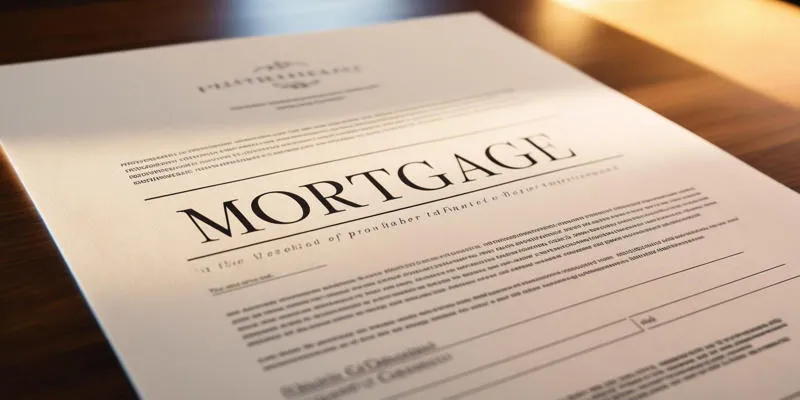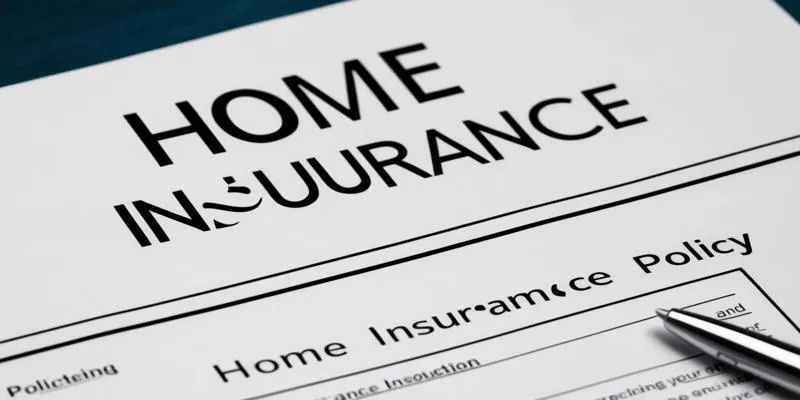Ways to Strengthen Your Home's Refinance Appraisal Value
Refinancing a mortgage requires a thorough appraisal of your home, which significantly impacts your loan terms and interest rate. As a homeowner, you can influence this valuation through strategic improvements and by preparing your home effectively. Focus on the key areas appraisers consider to enhance your home’s assessed value and secure better refinancing options.
Understanding the Refinance Appraisal Process

What is a Refinance Appraisal?
An appraisal is an essential component of mortgage refinancing. It involves an independent analysis of your home’s current market value, conducted by a licensed appraiser. This evaluation helps lenders determine how much they are willing to lend you based on your home’s worth.
The Appraisal Process
During the appraisal, the professional will evaluate both the interior and exterior of your property. Factors such as the home’s size, condition, location, and recent comparable sales in your area are considered. The appraiser will also note any significant improvements or upgrades you’ve made since purchasing the home.
Why It Matters
Your refinancing appraisal result can significantly affect your loan terms. A higher appraised value may lead to better interest rates, lower monthly payments, or even the opportunity to cash out equity. Conversely, a low appraisal may limit your refinancing options.
Preparing for Success
Maximize your home’s appraised value by presenting it in the best possible light. This involves making minor repairs, cleaning, and highlighting recent improvements. Familiarizing yourself with the appraisal process will help ensure a smoother and more favorable outcome.
Preparing Your Home for a Refinance Appraisal
When refinancing your mortgage, the appraisal is a crucial factor in determining your property’s market value. Here are essential steps to help achieve the highest possible appraisal value:
Enhance Curb Appeal
First impressions are vital. Boost your home’s exterior by mowing the lawn, trimming hedges, adding colorful flowers or potted plants, painting the entrance, touching up exterior trims, cleaning gutters, and power washing the siding.
Tackle Interior Improvements
Focus on high-return investments:
- Replace kitchen appliances and countertops
- Renovate bathrooms with new fixtures and fresh paint
- Replace worn carpet or refinish wood floors
- Paint walls in neutral, contemporary colors
Address Maintenance Issues
Fix apparent issues that could negatively impact the appraisal:
- Repair dripping faucets and plumbing problems
- Fix electrical issues and outdated wiring
- Patch wall and foundation cracks
- Repair or replace broken window screens and windows
Compile Home Improvement Documentation
Keep receipts and permits for recent renovations or upgrades. These documents justify a higher appraisal value by demonstrating your investment in the property.
Maximizing Curb Appeal to Boost Appraisal Value

Curb appeal can significantly influence an appraiser’s perception of your home. A fresh coat of exterior paint, complementary colors, and a well- manicured lawn can enhance your home’s appeal.
Landscaping Enhancements
Invest in strategic landscaping to create an inviting entryway. Plant colorful flowers or add window boxes to brighten the appearance. Consider low- maintenance, drought-resistant plants to demonstrate eco-friendliness and cost-effective upkeep.
Exterior Upgrades
Update outdated fixtures, such as the mailbox, house numbers, and porch lights, with modern alternatives. A new front door can improve your home’s appearance and energy efficiency. Additionally, power wash your driveway and walkways to remove stains and grime.
Outdoor Living Spaces
Create inviting outdoor living spaces to extend your home’s usable square footage. A well-designed patio or deck with comfortable seating, outdoor lighting, and a fire pit can add significant value to your home.
Interior Renovations that Can Increase Appraisal Value
Kitchen Upgrades
The kitchen is often considered the heart of a home, and renovations can significantly impact your appraised value. Upgrade appliances to energy- efficient models and consider refacing or replacing cabinets. Quality countertops can also leave a lasting impression on appraisers.
Bathroom Renovations
Bathrooms are another area where renovations pay off. New fixtures, updated vanities, and modern lighting can transform bathrooms. If possible, expand small bathrooms or add an extra sink for increased functionality and value.
Open Floor Plan Conversion
Open floor plans create a more spacious and modern feel. Removing non-bearing walls, especially in older homes, can improve flow and natural light, aligning with current design trends to increase appraisal value.
Flooring Updates
Quality flooring enhances your home’s appeal and value. Consider replacing worn carpets with hardwood, engineered wood, or high-end laminate, which are durable, easy to clean, and appealing to both appraisers and buyers.
Documenting Home Improvements to Impress the Appraiser
Proper documentation of home improvements can significantly impact your property’s assessed value and improve your refinance offer.
Create a Comprehensive Improvement Log
Maintain a detailed list of all renovations, upgrades, and maintenance performed since purchasing the home. Include:
- The date each improvement was made
- A general description of the work completed
- The cost of materials and labor
- Any applicable permits or professional certifications
Gather Supporting Evidence
Collect all relevant documentation to support the improvements made. This includes:
- Receipts for materials and contractor services
- Before and after photos of renovations
- Copies of building permits and inspection reports
- Warranty information on new appliances or systems
Conclusion
Improving your home’s refinance appraisal value involves strategic enhancements, necessary maintenance, and presenting your property optimally. Document your improvements and compile comparative sales data to strengthen your case for a higher appraisal value.






